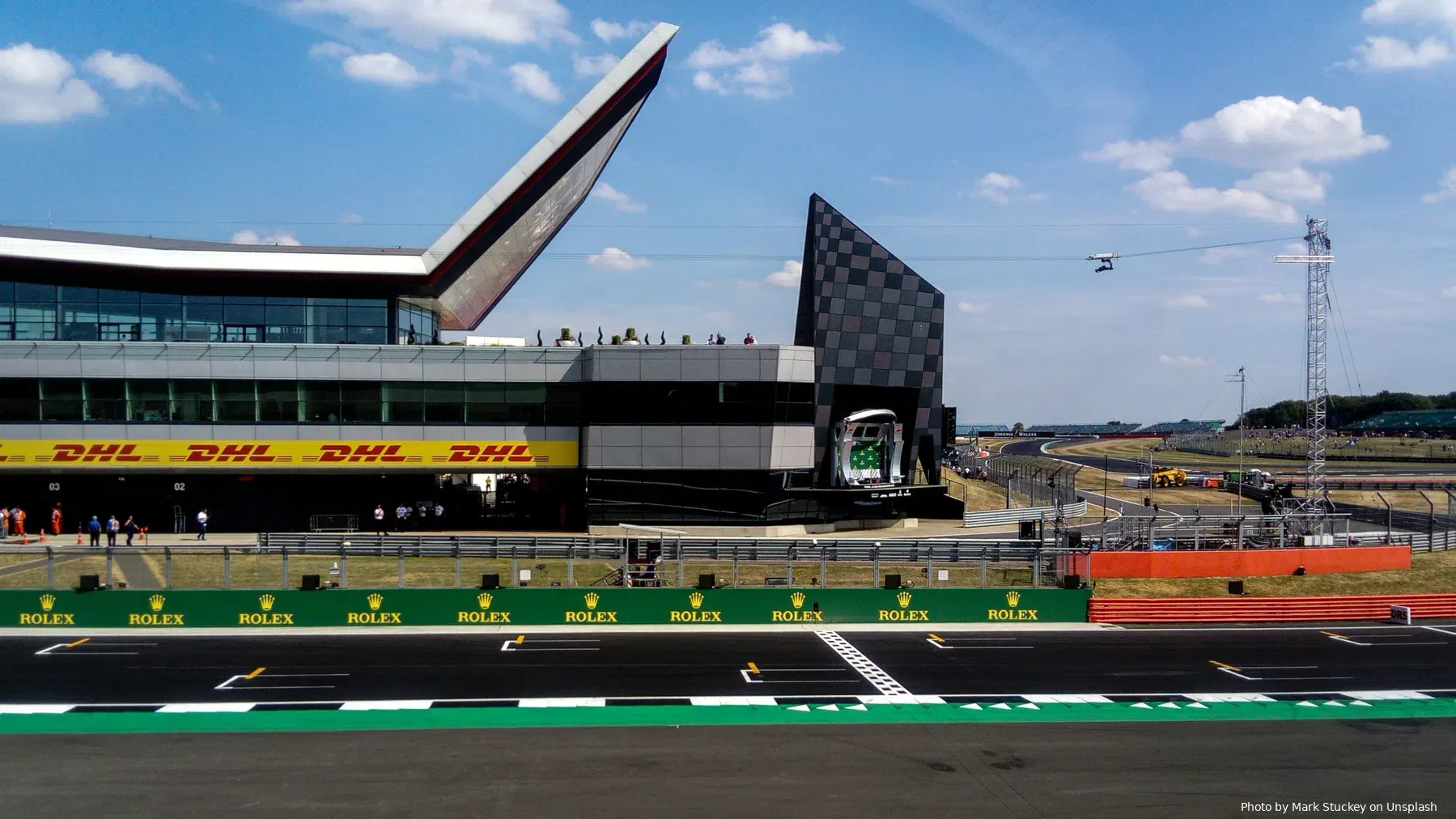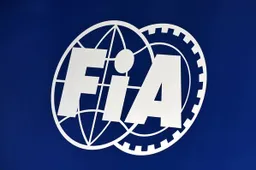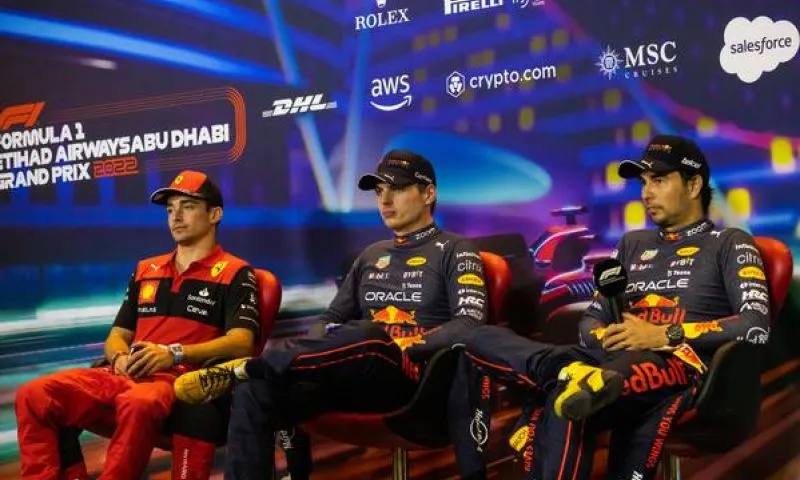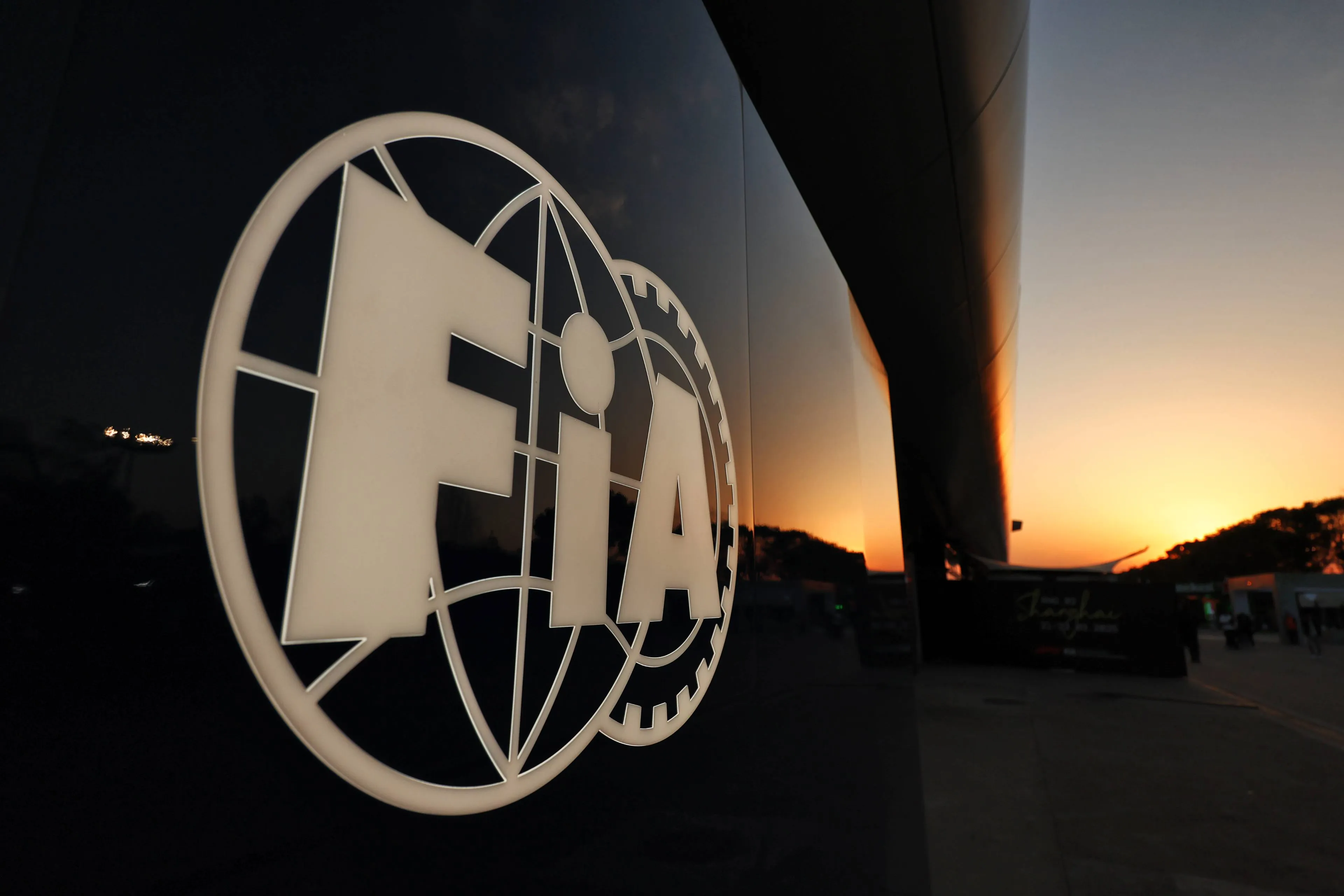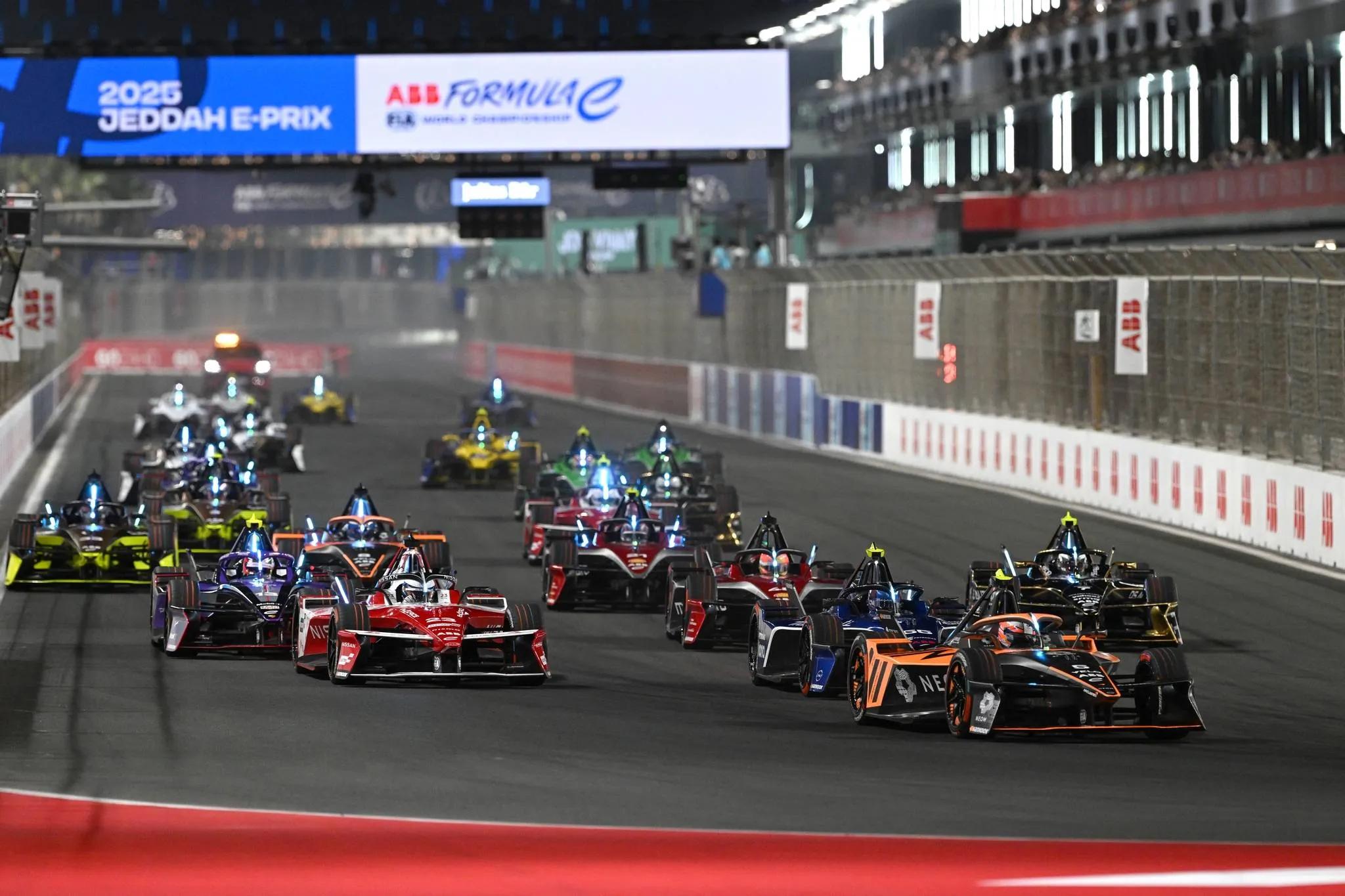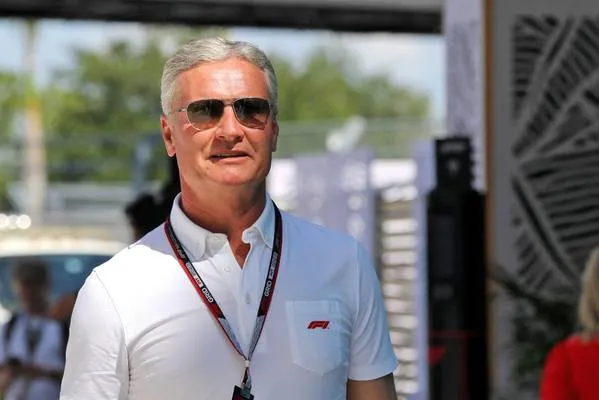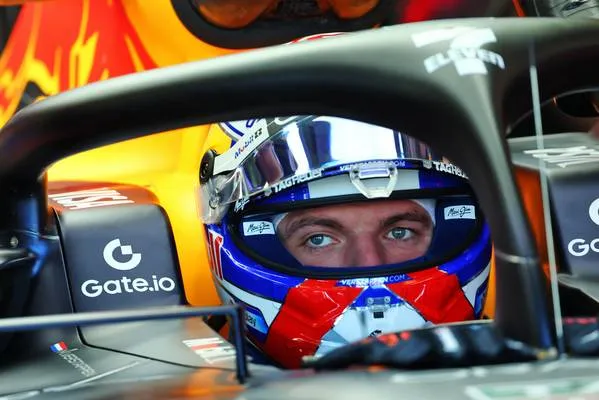The 2025 F1 Season Is Almost Here, But Teams Are Working Hard Toward the 2026 Rule Changes
06:35, 19 Feb
0 Comments
The 2025 FIA Formula One World Championship's first race is right around the corner, with the Australian Grand Prix at the Albert Park Circuit in Melbourne commencing March 16. While excitement builds for what should be a thrilling 24-race schedule, there is plenty going on behind the scenes as teams prepare for sweeping changes set to come into play for the 2026 season.
Thousands of Formula 1 fans will flock to Melbourne for the opening Grand Prix of 2025, while millions more will watch the high-octane action unfold on television. The latest Formula One betting markets suggest this season could be the most fiercely contested in living memory, with little to choose between Lando Norris, Max Verstappen, and Charles Leclerc in the Drivers' Championship.
The potential closeness of this year's championship directly results from the FIA tweaking and changing rules over the years to promote increased safety, more competitiveness, and a better overall fan experience.
While the teams and drivers at the Albert Park Circuit will be fully focused on the 58-lap race, those teams' engineers will likely be back at their requestive headquarters and working around the clock to ensure they not only comply with the new 2026 rules but also build a car that is competitive while operating within those rules' constraints.
The potential closeness of this year's championship directly results from the FIA tweaking and changing rules over the years to promote increased safety, more competitiveness, and a better overall fan experience.
While the teams and drivers at the Albert Park Circuit will be fully focused on the 58-lap race, those teams' engineers will likely be back at their requestive headquarters and working around the clock to ensure they not only comply with the new 2026 rules but also build a car that is competitive while operating within those rules' constraints.
What Are the Key New Rules for the 2026 F1 Season?
Formula 1 is gearing up for a transformative shift in 2026, introducing several rule changes designed to enhance sustainability, performance, and the sport's overall spectacle. One of the most significant rules concerns each car's power unit.
The engine is the heart of an F1 car, a highly tuned, 1.6-liter V6 turbocharged internal combustion engine (ICE). While the engine remains, the hybrid system is being majorly shaken up. The MGU-H (Motor Generator Unit - Heat) is being removed and replaced with the MGU-K (Motor Generator Unit - Kinetic). The MGU-H is a component that has long been a technological challenge for constructors due to its complexity and cost. Its replacement increases power output from 120kW to 350kW.
In 2026, the electrical component will more than triple its current power contribution, leading to a more balanced hybrid system. The ICE's power output is being slightly reduced to around 400kW, but the increased electrical power ensures that overall performance remains uncompromised. Speed lovers need not fear; F1 cars will continue to be some of the fastest machines on the planet.
Additionally, teams must use fully sustainable fuels as Formula 1 attempts to achieve net-zero carbon emissions by 2030. These fuels will be derived from non-food sources, municipal waste, or even captured atmospheric carbon, ensuring no new fossil carbon is burned to power these incredible machines.
The engine is the heart of an F1 car, a highly tuned, 1.6-liter V6 turbocharged internal combustion engine (ICE). While the engine remains, the hybrid system is being majorly shaken up. The MGU-H (Motor Generator Unit - Heat) is being removed and replaced with the MGU-K (Motor Generator Unit - Kinetic). The MGU-H is a component that has long been a technological challenge for constructors due to its complexity and cost. Its replacement increases power output from 120kW to 350kW.
In 2026, the electrical component will more than triple its current power contribution, leading to a more balanced hybrid system. The ICE's power output is being slightly reduced to around 400kW, but the increased electrical power ensures that overall performance remains uncompromised. Speed lovers need not fear; F1 cars will continue to be some of the fastest machines on the planet.
Additionally, teams must use fully sustainable fuels as Formula 1 attempts to achieve net-zero carbon emissions by 2030. These fuels will be derived from non-food sources, municipal waste, or even captured atmospheric carbon, ensuring no new fossil carbon is burned to power these incredible machines.
Innovations in Aerodynamics
Aerodynamics, mainly front and rear wings, have been intensely scrutinized recently, especially as some teams accused others of bending the rules. The FIA has removed any gray areas in the regulations by allowing cars to feature moveable front and rear wings for 2026 onward. These moveable parts enable the driver to switch between two modes: one for minimal drag down the straights and another that increases downforce for improved cornering performance. These active aerodynamics add a new layer to tactical decision-making during races.
Overall, downforce levels are set to reduce by approximately 30%, and drag will be cut by a staggering 55%. These changes promote closer racing by reducing the disruptive aerodynamic wake that makes overtaking difficult. Drastically reducing this turbulent air should enable drivers to race more aggressively than ever.
Overall, downforce levels are set to reduce by approximately 30%, and drag will be cut by a staggering 55%. These changes promote closer racing by reducing the disruptive aerodynamic wake that makes overtaking difficult. Drastically reducing this turbulent air should enable drivers to race more aggressively than ever.
Adjustments to the Chassis and Weight
Engineers are also tasked with making cars lighter and more agile—30kg lighter, to be exact. A car's minimum weight is expected to be reduced to 768kg, a reduction expected to be achieved through lighter car components, the refined hybrid system, and optimized true mass. Lighter cars mean quicker acceleration and better responsiveness.
Cars will also become more compact, with the wheelbase shorted 20cm to 340cm and the width reduced from 200cm to 190cm. The idea is to make the cars nimbler and help them navigate tight corners more effectively.
Lastly, wheels will remain at the 18-inch size introduced in 2022, but the tire widths are getting smaller. Front tires will be reduced by 25mm at the front and 30mm at the rear. Ture manufacturers are confident they can develop a smaller tire without compromising grip levels and longevity.
Cars will also become more compact, with the wheelbase shorted 20cm to 340cm and the width reduced from 200cm to 190cm. The idea is to make the cars nimbler and help them navigate tight corners more effectively.
Lastly, wheels will remain at the 18-inch size introduced in 2022, but the tire widths are getting smaller. Front tires will be reduced by 25mm at the front and 30mm at the rear. Ture manufacturers are confident they can develop a smaller tire without compromising grip levels and longevity.
Safety Improvements Continue
The FIA has made it abundantly clear that there is more work to do to improve Formula One's safety. Driver safety is paramount, so the Frontal Impact Structure (FIS) will be updated to a two-stage design to prevent detachment during collisions. Side intrusion protection around the cockpit and fuel cell is also set for improvement.
The roll hoop's strength must be increased to withstand loads of up to 20G, aligning with the safety standards of other single-seater series. Finally, lateral safety lights will become mandatory. These provide visual indicators of the Energy Recovery System's status to alert track marshals and first responders of potential electrical risks in the event of a crash.
The roll hoop's strength must be increased to withstand loads of up to 20G, aligning with the safety standards of other single-seater series. Finally, lateral safety lights will become mandatory. These provide visual indicators of the Energy Recovery System's status to alert track marshals and first responders of potential electrical risks in the event of a crash.
Looking Ahead to 2026
The rules and regulations coming in 2026 represent a bold step toward a more sustainable, competitive, and exciting future for motorsport's premier competition. F1 teams are set to embrace technological innovation while providing environmental responsibility while trying to captivate a new generation of fans.
The paddock is abuzz with anticipation as teams begin developing their 2026 challengers. The various changes, especially the active front and rear wings, add a new level of race strategy to each Grand Prix. Drivers and teams will be able to optimize their cars on the fly when they want to optimize for top speed or handling, while the lighter cars will be nimbler, potentially leading to more thrilling high-octane action.
Before these regulations come into play, the teams and drivers must get the 2025 season out of the way. The 2025 FIA Formula One World Championship kicks off on March 16 in Melbourne, Australia; we cannot wait. Gentlemen, start your engines!
The paddock is abuzz with anticipation as teams begin developing their 2026 challengers. The various changes, especially the active front and rear wings, add a new level of race strategy to each Grand Prix. Drivers and teams will be able to optimize their cars on the fly when they want to optimize for top speed or handling, while the lighter cars will be nimbler, potentially leading to more thrilling high-octane action.
Before these regulations come into play, the teams and drivers must get the 2025 season out of the way. The 2025 FIA Formula One World Championship kicks off on March 16 in Melbourne, Australia; we cannot wait. Gentlemen, start your engines!
Read more about:
Popular on GPBlog
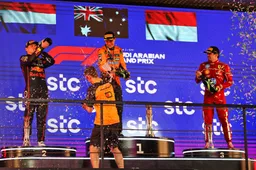
1
Herbert criticises "unprofessional and disrespectful" Verstappen on the Jeddah podium
1810 times read

2
Herbert in controversy due to promoting illegal gambling sites in the Netherlands
647 times read
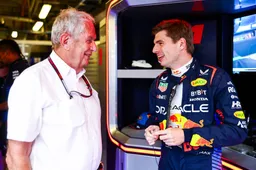
3
Marko intrigued to see if Piastri can "maintain this level of performance throughout the season"
603 times read

4
Horner accused of being a 'master politician' after wind tunnel correlation issue claim
583 times read
